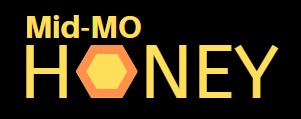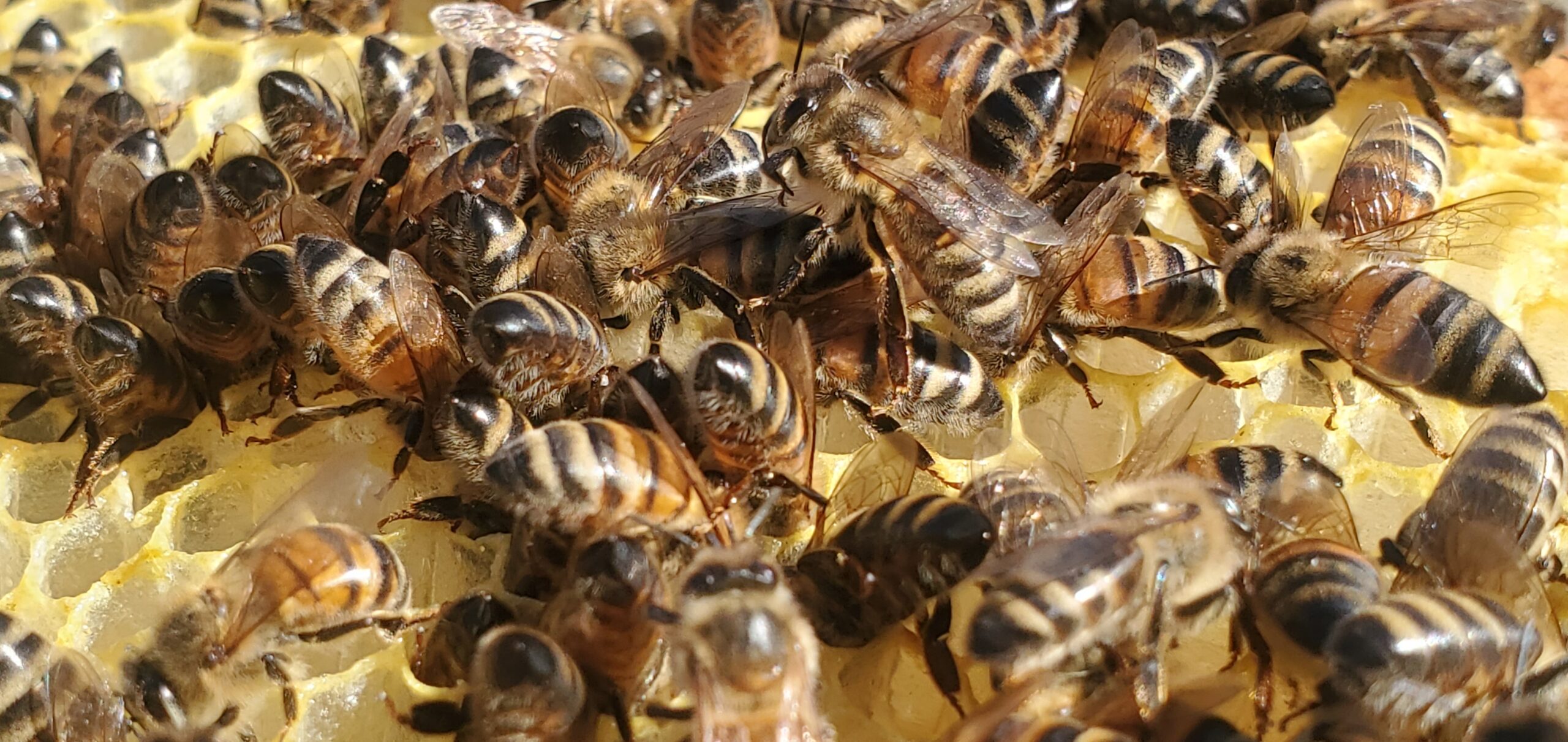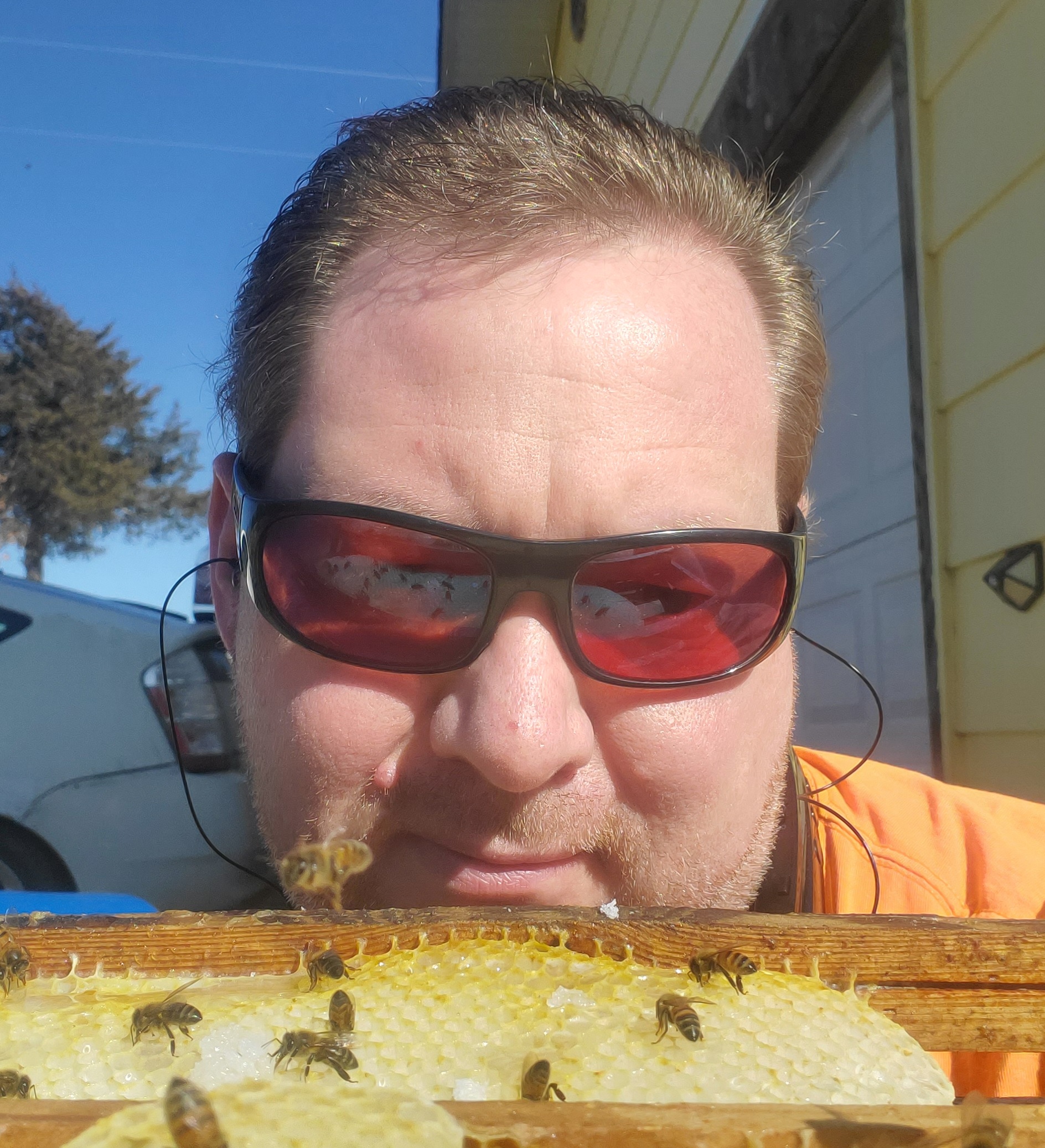Open feeding is easy and convenient, but are you risking the health of your hives?
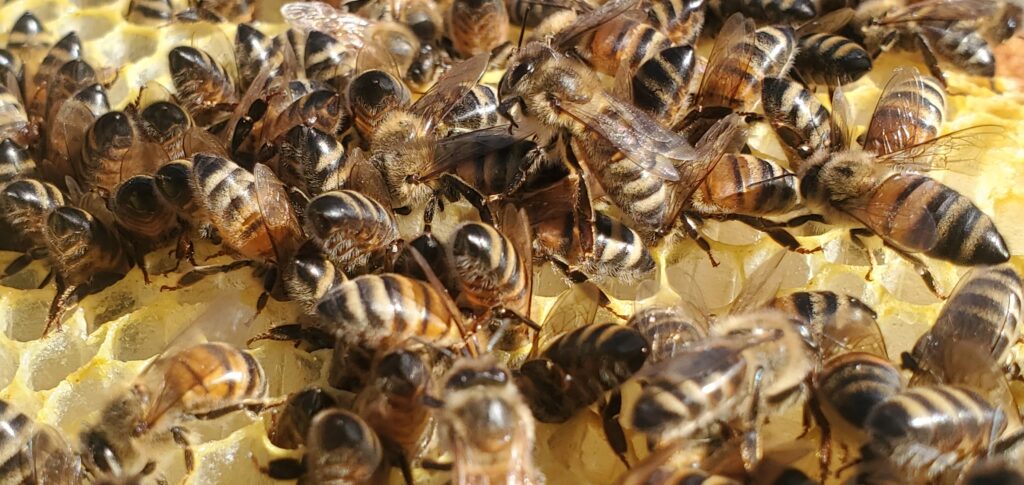
This may be more of an opinion piece, but there are some pros and cons to feeding honeybees out in the open. Have I done it? Sure, on occasion. Do I feed inside the hives, yes.
Pros
- Fast and Convenient
- You can feed a lot of bees at one time
- Don’t need to open the hives
Cons
- Attracts bees from other hives in the area
- Your bees can catch mites and diseases from other bees
- Attracts other insects
- Can also attract other wildlife
- Feeding too close to your hives can invite robbing
The biggest risk is catching mites and diseases such as American Foul Brood from other visiting bees that can become transmitted to your hives. Can your bees catch these threats without open feeding? Sure they can, especially mites. However, by open feeding, you’re upping the chances of your bees being exposed.
Another consideration in open feeding is keeping adequate distance from your feeding area to your hives. While there is some debate in what that distance should be, I generally go for at least 200 feet away. Too close, and those visiting bees may pick up on the excitement of an open buffet and see the nearby hives as other places to grab and go for extra honey to take back. Especially if a large portion of the hive’s workforce is out at the open feeding station, a brute force attack from robber bees may have an easier time invading your hives and stealing the nectar and honey resources.
One idea that may be something to consider is doing small batch open feeding. So instead of giving the bees large volumes of sugar syrup, only dispense small amounts at a time such as a few cups worth for example. Placing it a few hundred feet away from your hives should be close enough that on a warm day, your bees should pick up on it fairly quickly. They’ll go back and tell the rest, and they should drink up the small batch of syrup in a matter of a couple of hours, depending on what other natural nectar resources are available at the time. In the photo below, a small amount of 1:1 sugar syrup was drizzled on a couple of empty drawn comb frames and set outside for the bees to find and retrieve on their own.
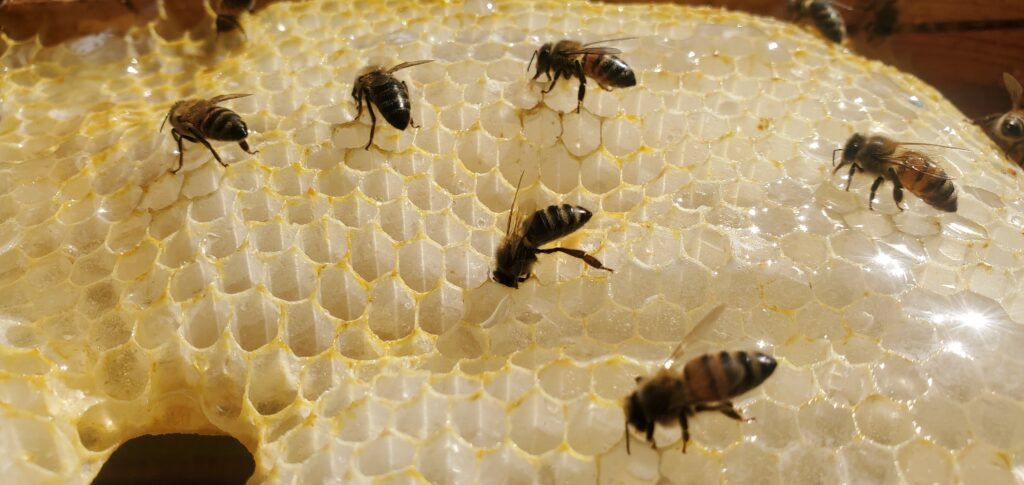
Now, while in-hive feeding is always best. Sometimes, if you have a large amount of hives to maintain, it can become very tedious and costly to in-hive feed every single hive. Can a hive go without feeding? It depends on how much honey stores they have built up. I mean, after all, honeybees have been surviving for thousands of years without our help. But if you want to give your hive a little boost, especially in the late winter and late fall when bees need all the nutrition help they can get, it’s not a bad idea to feed them. Especially if you have a new hive or split that is low in population, feeding them extra sugar syrup with a splash of nutrients such as Honey-B-Healthy or Brood Booster is a good insurance policy to have and can get your hive population built-up in numbers quickly for spring nectar flows.
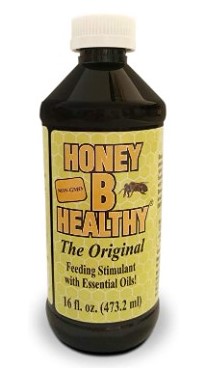
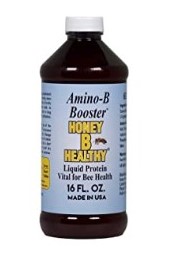
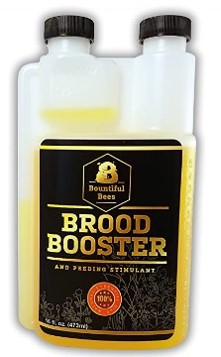
Something else you may want to consider before open feeding is knowing if you have other beekeepers in a roughly 3 mile radius of you. While you may find the risks acceptable, but what about other beekeepers that their hives may be visiting your open feeding station? Not only are their bees put at risk of transmitting pests and diseases both to and from their colonies, but now they are taking sugar syrup back to their hives without the beekeeper’s knowledge. Some may be okay with this, but others may not desire the extra influx of sugar syrup. It might be wise to make friends with these other beekeepers and just let them know what your plans are in feeding.
In conclusion, it’s always up to you, the beekeeper of your own hives, do decide if open feeding is right for you.
